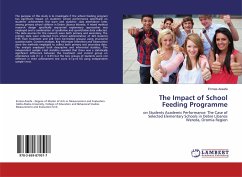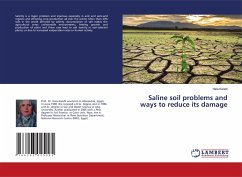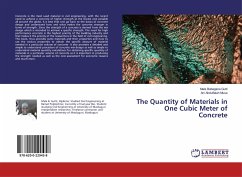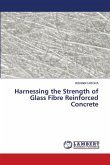The interest in this book was motivated by the difficulties encountered in studying the tensile and compressive failure observed in concrete beams with reinforcements. Employing cohesive models of fracture, the initiation and propagation of multiple cracks can be reproduced. However, the cumbersome computational effort involved prompted the scientific community to look for alternatives, which are not restricted by mesh distortion or artificial boundaries set for crack trajectories by the element interfaces. Here the meshfree methods gained importance in the fracture mechanics field. The book goes through a geometrical interpretation of the shape functions that is capable to deal with fast updates and improves the treatment of the boundary conditions. This is essential for their use in the damage models shown, based on the cohesive fracture of the material. This methodology is capable to reproduce distributed damage without any mesh restriction, allowing them to coalescence in thecracks that lead to the failure of the material. Validated with different geometries and loading rates, this method has influenced other numerical methodologies such as the FEMME multi-scale model.








